Lesson Plans
We want the process of incorporating BIPOC voices and building an anti-racist classroom to be as accessible to educators as possible. That’s why our lesson plans are aligned with national education standards, designed to be flexibly integrated into your existing class curriculum, and include a variety of activities (including interactive slides that can be shared with your students). Whether you use these as stand-alone lessons or adopt a whole lesson plan series, we hope these resources will help you build an empowering community alongside your students. Check back often, we are always releasing new lesson plans!
Grade Level Standards Met
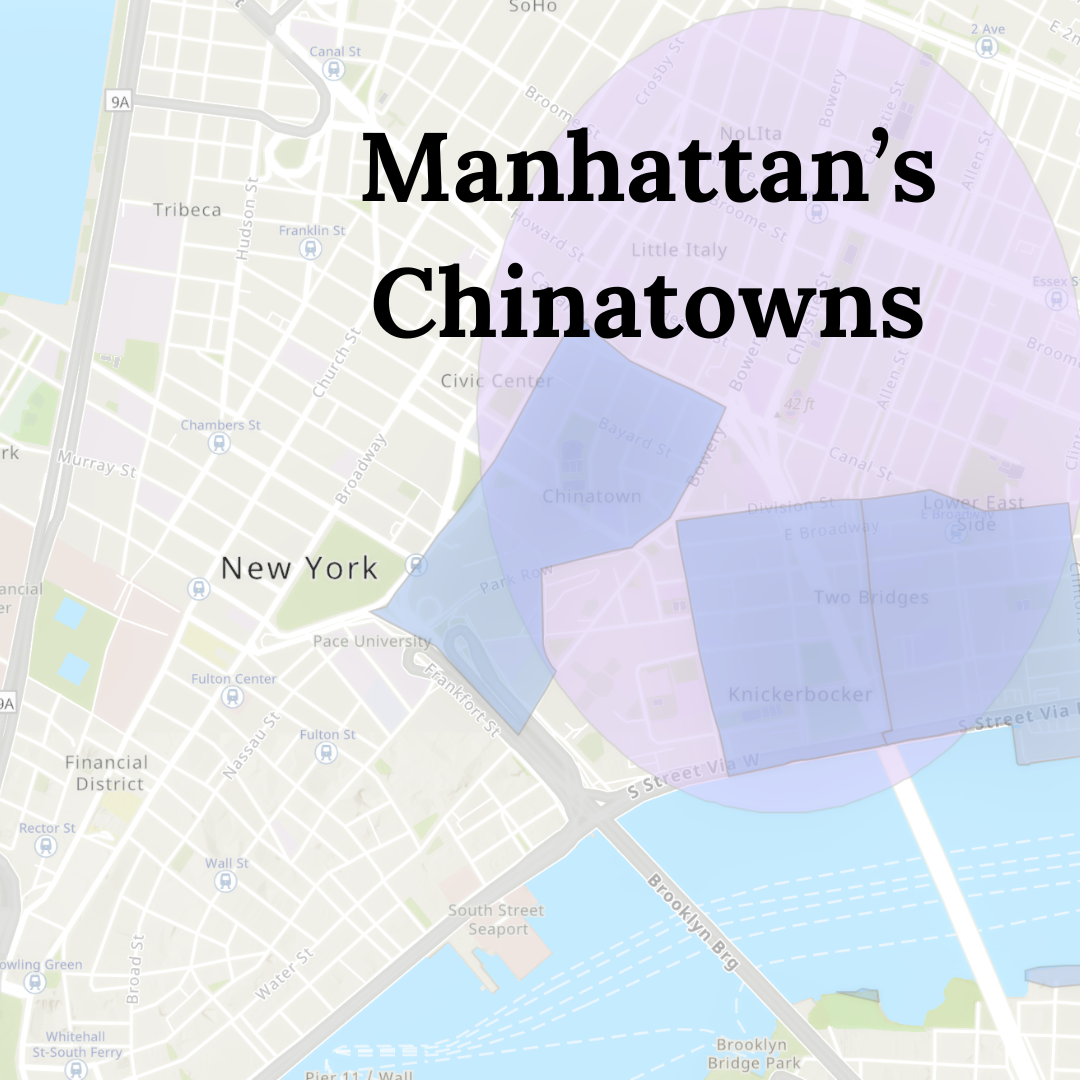

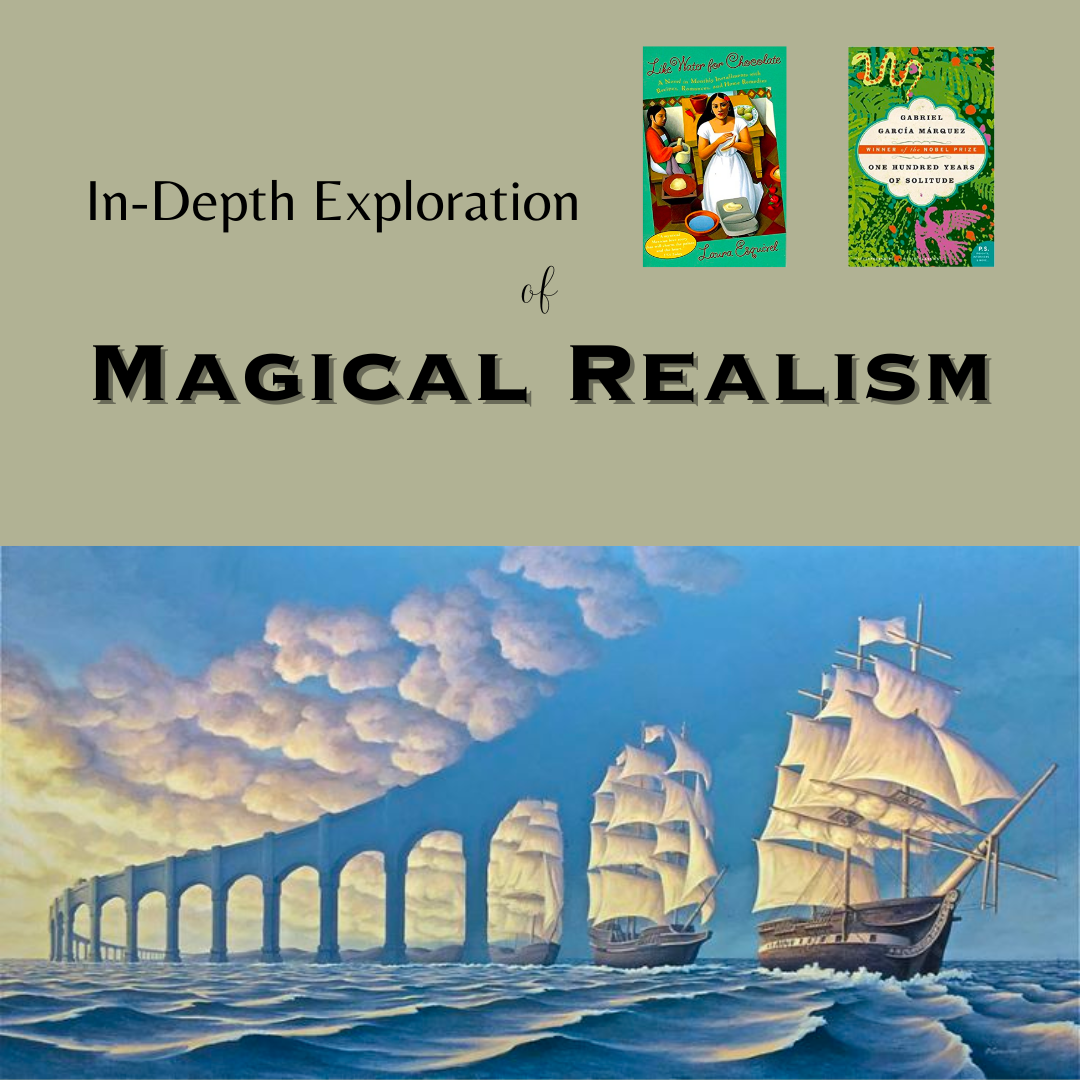
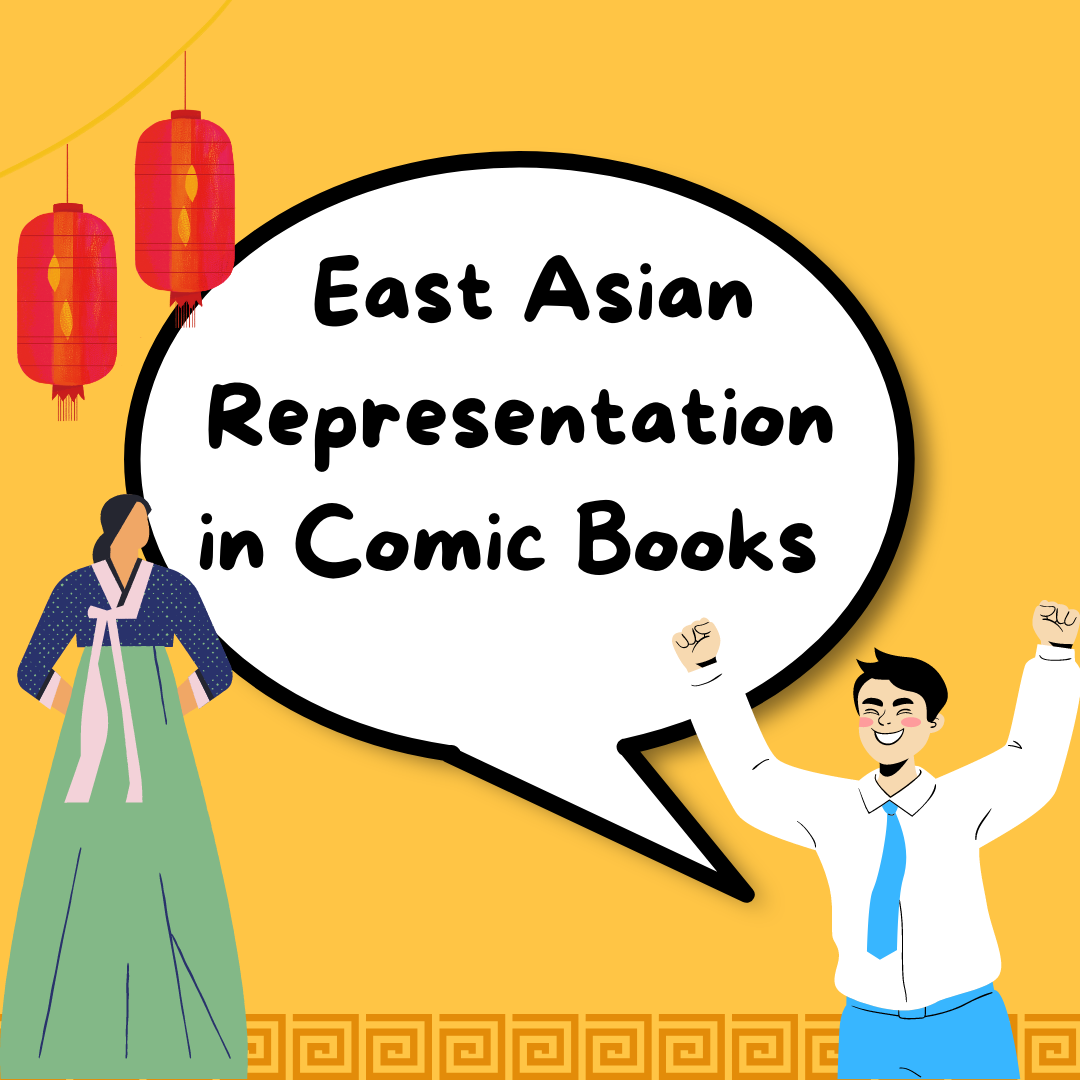
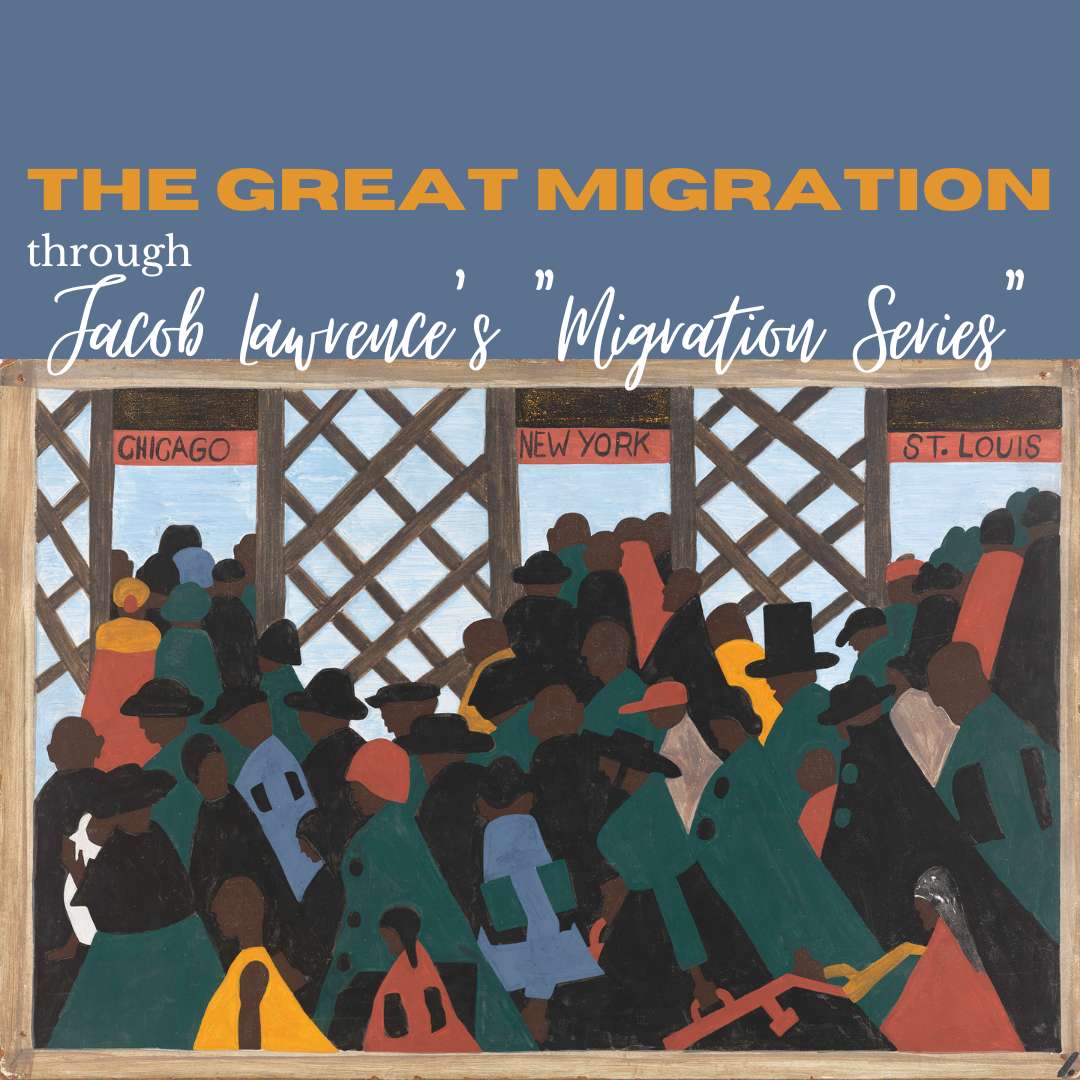



The History of Jewish American Women’s Activism
Jewish women have been disproportionately active in American social and political movements. But often, the Jewish identity of these activists has been omitted from history books, or their involvement has been omitted altogether. In this lesson, students will explore the ways in which Jewish women have been involved in these movements and how their identities shaped their activism. Students will practice public speaking and presentation skills and discuss how identity shapes activism and the importance of acknowledging the identities of historical figures.

Interior Chinatown
This lesson plan series centers Charles Yu's novel Interior Chinatown, and is appropriate for high school English classes like American Literature or AP Literature. The story is written in the format of a script and follows a man who is forced to play the part of "Generic Asian Man" on a cop show. The book addresses anti-Asian stereotypes in American culture and media, race, the institution of police in America, gender, and class. The unusual narrative style of the book invites discussion about how narrative can further the plot and message of a book.
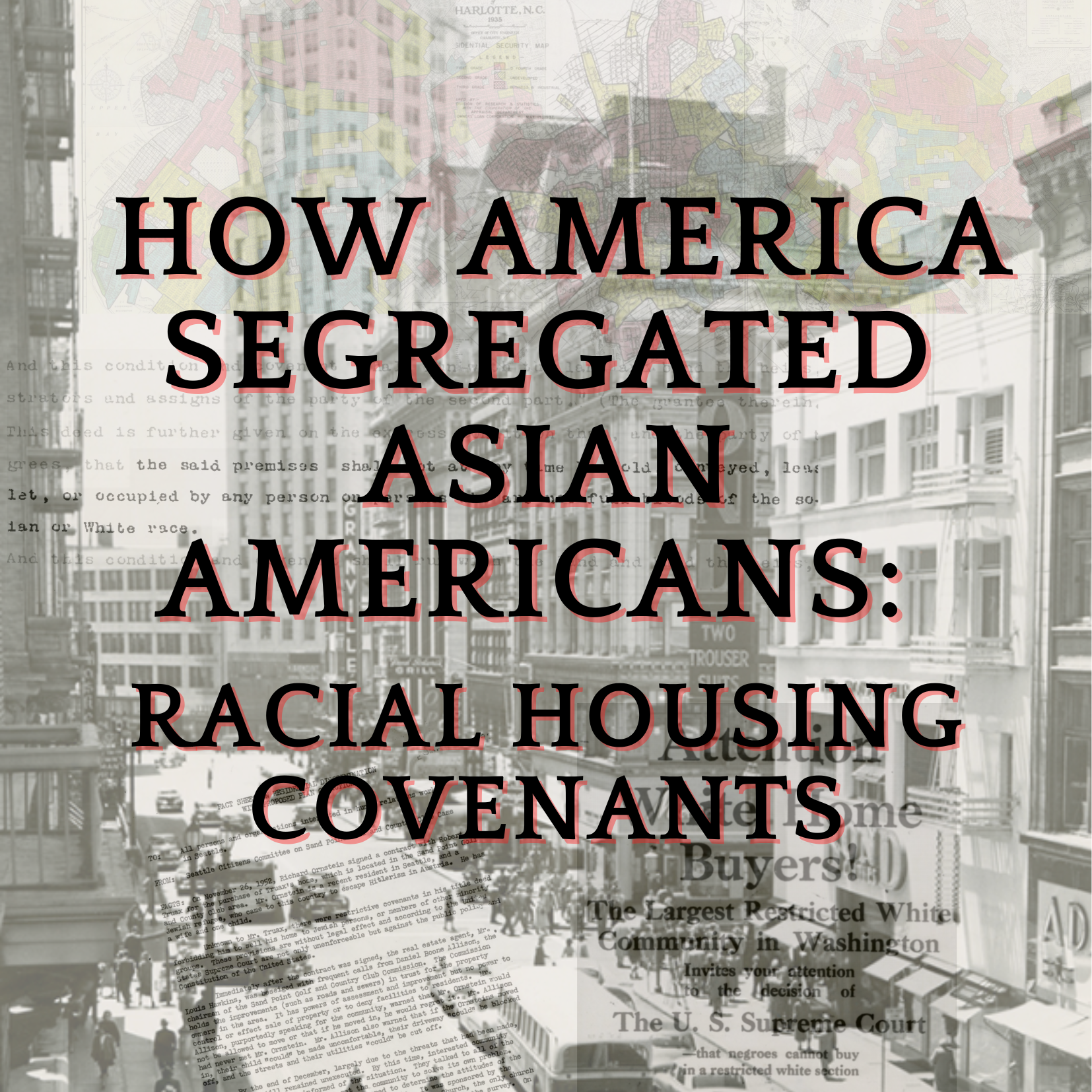
How America Segregated Asian Americans: Racial Housing Covenants
In this lesson, students will learn about racial housing covenants, a tool used by the FHA and landlords all over the country to residentially segregate Asian Americans and other marginalized groups for the better part of the 20th century. By examining primary and secondary resources, including Supreme Court cases and racial covenants themselves, students will explore the role of de jure policies in perpetuating socio-economic disparities among Asian Americans.

Breaking the Stigma: AANHPI Mental Health
Best fit for health classes, students will learn about the complex cultural, political, and economic factors that affect diverse AANHPI groups and their mental health. Through multiple interactive activities such as discussions, lectures, videos, and projects, students will create a pamphlet on AANHPI mental health for their community, teaching students that their knowledge has the power to positively impact the world!

Perception of the Sacred: Mauna Kea and the Thirty Meter Telescope
In this lesson plan, students will learn about the controversy surrounding the construction of the Thirty Meter Telescope (TMT) on the summit of Mauna Kea in Hawaiʻi. The TMT is a large ground-based infrared observatory that is proposed to stand 18-stories high and occupy 8-acres of undeveloped land on the northwest slope of Mauna Kea, a sacred space to many Native Hawaiians. Through a series of reflections, discussions, lectures, and assignments, students explore the connection between colonialism and perception of the sacred using this controversy as a template.
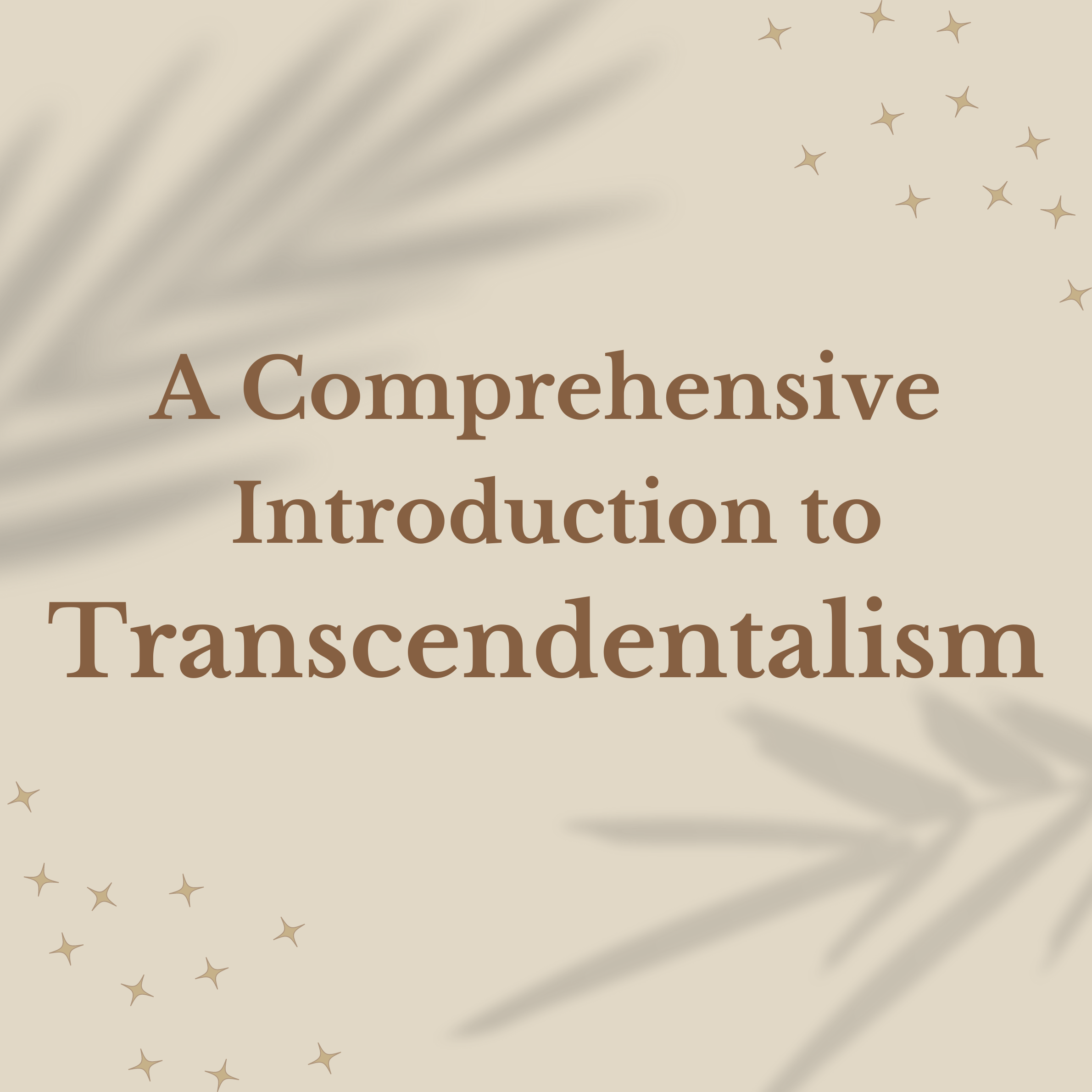
A Comprehensive Introduction to Transcendentalism
In this lesson plan, students will learn about the literary Transcendentalism movement in America, from the key concepts and characteristics of Transcendentalism to the most important figures of the movement. Students will practice literary analysis through SOAPSTones, reflective journaling, class discussion, and rhetorical analysis. Additionally, students will learn about the Asian cultural and religious ideologies that influenced Transcendentalism (e.g. Hinduism and Confucianism) to develop a comprehensive understanding of Transcendentalism’s origins and impact.

Practicing Poetic Analysis with Native Hawaiian Poetry
In this lesson plan, students will get to learn and practice rudimentary poetic analysis skills through the examination of two poems by contemporary Native Hawaiian authors. The poems are presented in both written and spoken word formats (relayed via video). Students will learn about important aspects of Native Hawaiian culture and the impact that language erasure and colonialism has had on these communities.
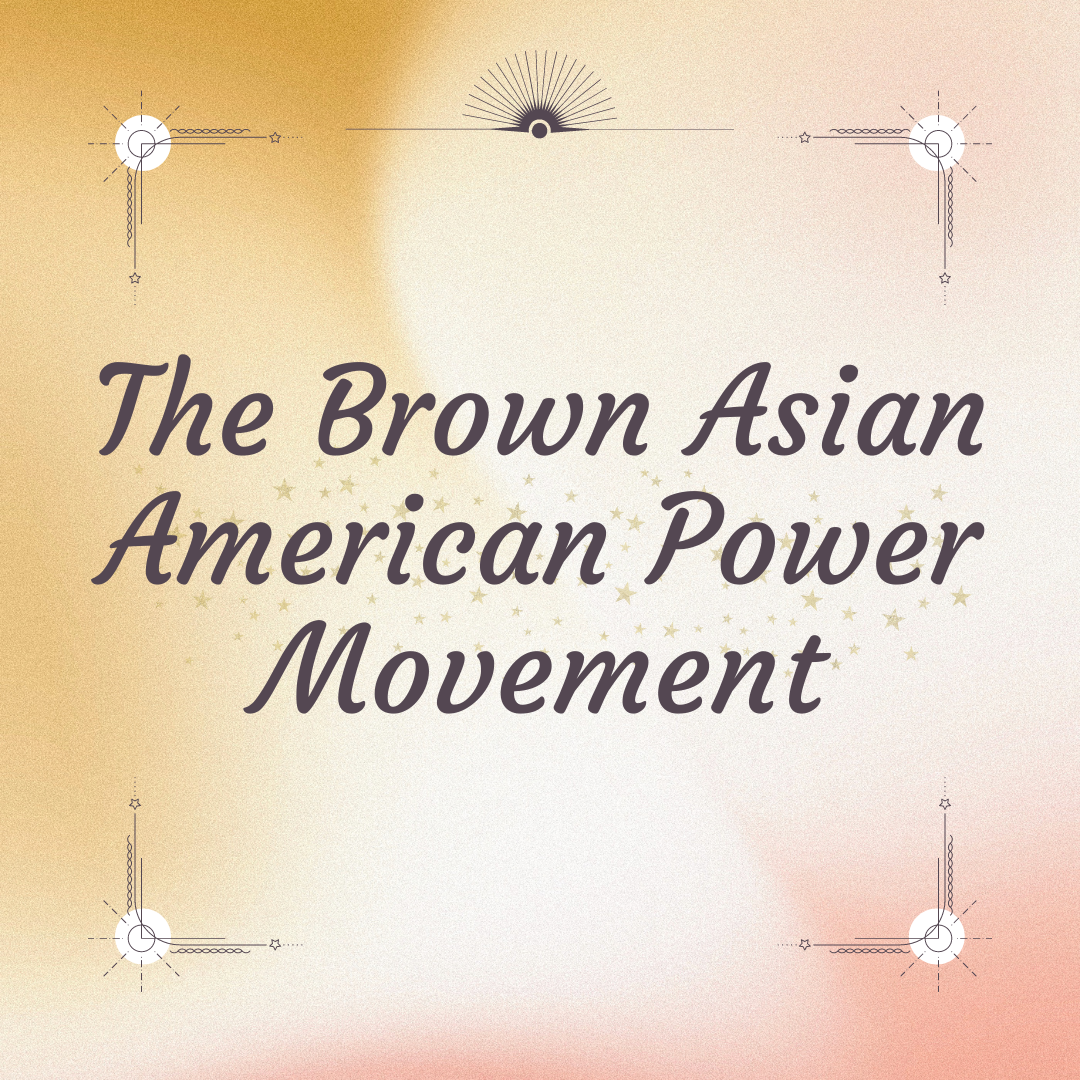
The Brown Asian American Power Movement
In this lesson plan, students will explore the under discussed Brown Asian American Power Movement. Students will learn how the South and South East Asians experience othering by East Asian groups as well as non-Asian groups, as well as the history of how Asian American social justice movements emerged. This lesson plan will also build student’s skills in literary analysis, argumentative writing, and research.

Ethnomath: Geometric Translations
In this lesson plan, students will learn about geometric translations in Maasai blankets and other African textiles. Students will have the opportunity to practice the concept of geometric translations while exploring these beautifully bold and colorful patterns. This is one of three geometry lessons that focus on ethnomathematics.

Ethnomath: Geometric Reflections
In this lesson plan, students will learn about geometric reflections in Adrinka symbols. Students will have the opportunity to practice the concept of geometric reflections while exploring these powerful and beautiful symbols. This is one of three geometry lessons that focus on ethnomathematics.
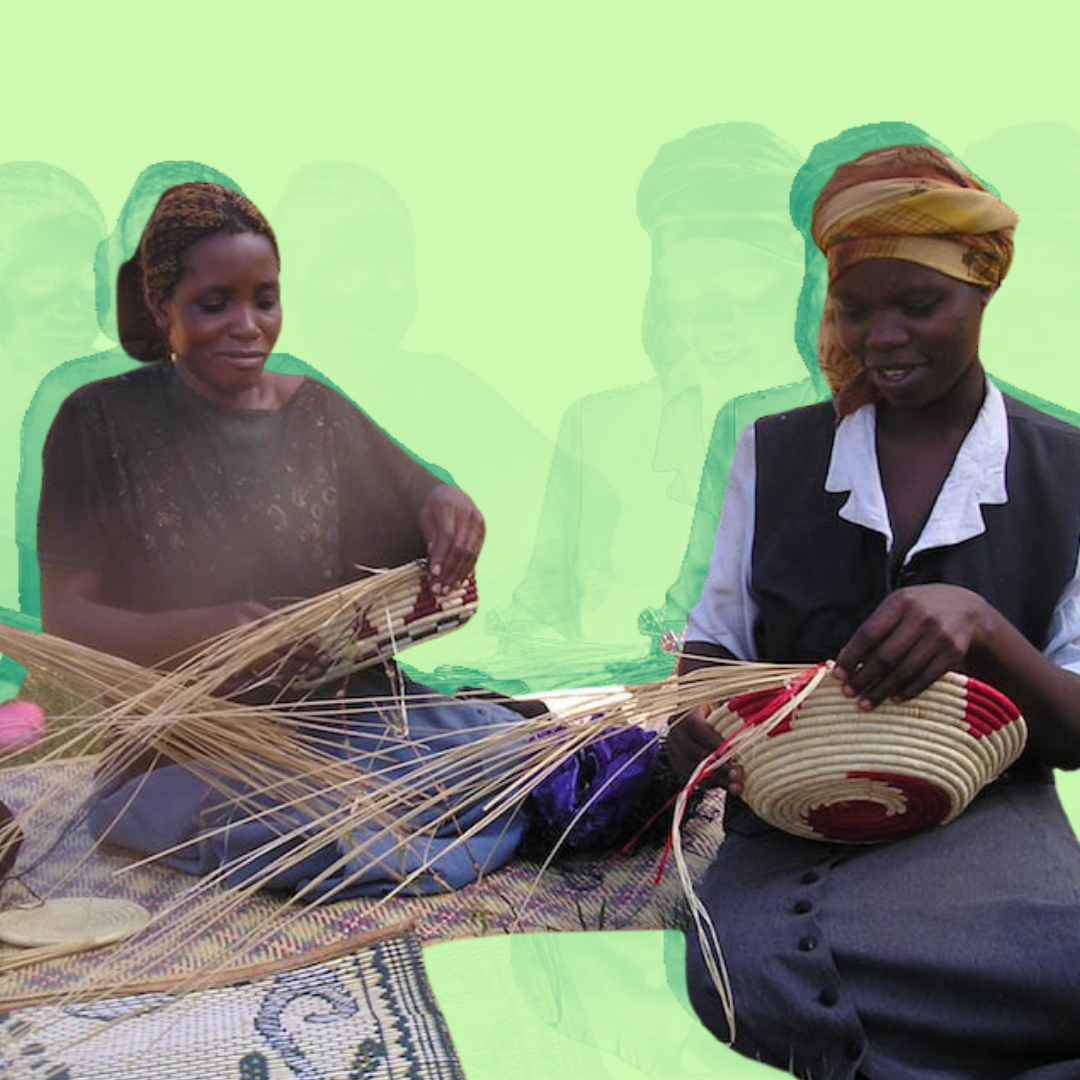
Ethnomath: Geometric Rotations
In this lesson plan, students will learn about geometric rotations in Ugandan and African baskets. Students will have the opportunity to practice the concept of geometric rotations while exploring these beautiful and functional baskets. This is one of three geometry lessons that focus on ethnomathematics.

Exploring LGBTQ+/Immigrant Narratives Through Music
In this lesson plan, students will explore the various intersections between queerness, race, immigration, and gender identity through the literary analysis of music and other forms of educational media. Students will make connections to the general phenomena associated with being an immigrant and being part of the LGBTQ+ community while thinking critically about the identities of each respective group.

A Thousand Splendid Suns
In these lesson plans, students will gain a better understanding of the rich history and culture of Afghanistan, and be able to contextualize their texts in broader real-world events. By analyzing passages, employing critical thinking skills, and even writing their own poetry, students will learn about how others’ and their own identities affect the way they see the world.
Ideas for future lesson plans or topics? Want to share your knowledge and collaborate with Diversify Our Narrative?

